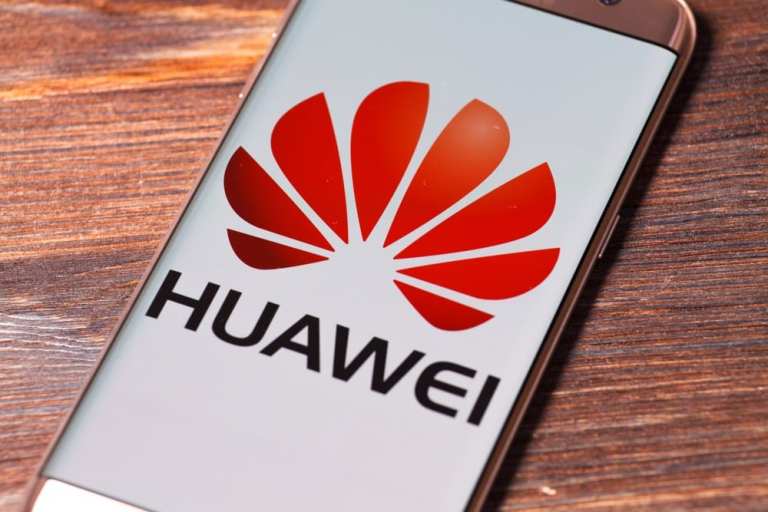Huawei Looks To Trademark Its Own OS Globally

Huawei is looking to trademark its “Hongmeng” operating system (OS) in at least nine countries and Europe after the company was placed on a blacklist in the U.S.
Last month the Trump Administration added the Chinese telecom company to a blacklist, which means it won’t conduct trade with the company and will make it very difficult for Huawei to do business with companies in the U.S. As a result, Huawei had to scrap plans to launch its new laptop. And Richard Yu, the head of Huawei’s consumer business, said the laptop might never be released if the company remains on the blacklist.
In the meantime, the company has filed for a Hongmeng trademark in countries including Cambodia, Canada, South Korea and New Zealand, according to data from the U.N. World Intellectual Property Organization (WIPO). The paperwork shows that Huawei wants to use Hongmeng for gadgets such as smartphones, portable computers, robots and car televisions, just to name a few.
Huawei also filed an application in Peru, but the country’s Indecopi said it needs more information from the company before it can register the trademark, but didn’t specify exactly what other documentation is needed. There are currently around 5.5 million Huawei phone users in Peru.
Yu has also revealed that Huawei has a backup OS if it is cut off from U.S.-made software, but didn’t get into specifics.
But a U.S. official has been meeting with officials in Europe to warn them about buying Huawei equipment for next-generation mobile networks.
“It is a fair question to ask if one decides to go with Huawei and Huawei continues to be on our entity list, will Huawei be able to actually deliver what it promises any particular client,” Jonathan Fritz, the U.S. State Department’s Director for International Communications Policy, told reporters in Brussels, according to Reuters.